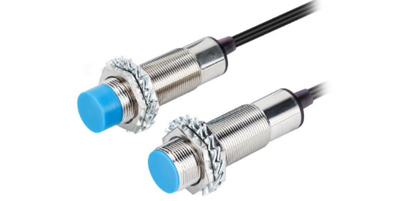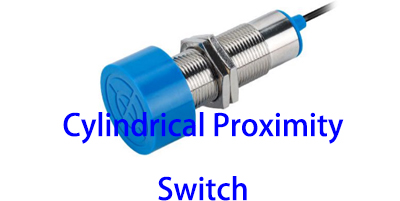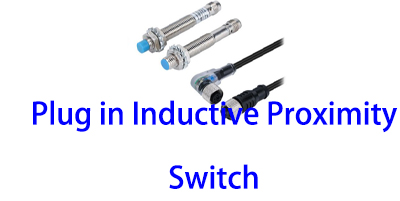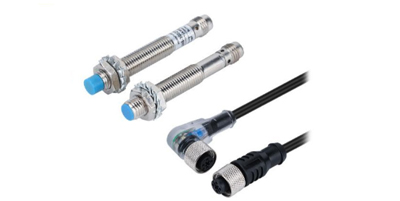How to Select the Protection Class of Inductive Proximity Switches
 07 Feb 2025 click : 141
07 Feb 2025 click : 141Inductive proximity switches play a crucial role in industrial automation and the operation of various electronic devices. To ensure their stable operation, choosing the appropriate protection class is an important task that cannot be overlooked. So, how can one select a suitable protection class?

Interpretation of Protection Class Standards
The protection class of inductive proximity switches generally follows the internationally recognized IP (Ingress Protection) standard. The IP code consists of "IP" and two digits. The first digit represents the degree of protection against the intrusion of solid foreign objects, increasing step by step from 0 to 6. The larger the number, the stronger the protection ability. For example, IP6X means that it can completely prevent dust from entering. The second digit indicates the protection level against water intrusion, increasing sequentially from 0 to 8, and the protection performance continuously improves. For instance, IPX7 means that under certain time and water pressure conditions, the product can withstand short - term immersion.
Selection of Protection Classes in Different Working Environments
1.Indoor Routine Environments: In indoor environments such as offices and laboratories, there is usually no large amount of dust and water intrusion. Selecting a protection class of IP20 or IP30 can basically meet the requirements. These protection classes can prevent large - diameter objects, such as fingers and tools, from accidentally coming into contact with the inside of the switch, ensuring its safety in daily use.
2.Industrial Dust Environments: In industrial scenarios such as cement plants and mines, dust is everywhere. In such environments, it is necessary to select a protection class with high dust - proof capabilities, such as IP5X or IP6X. A switch with an IP5X protection class can effectively prevent a large amount of dust from entering, while an IP6X can achieve complete dust - proofing, ensuring that in a dusty environment, the internal circuits and sensing elements of the proximity switch are not affected by dust and can operate stably.
3.Humid or Watery Environments: In places with a large amount of water vapor or water splashing, such as food processing plants and sewage treatment plants, the water protection level is particularly important. IP65 and IP67 are more suitable choices. The IP65 protection class can withstand water jets from all directions, while IP67 can tolerate water immersion within a certain time and depth range, providing a guarantee for the normal operation of the switch in a humid environment.
Consideration of Protection Classes in Special Working Conditions
For some special working environments, such as the chemical industry, not only the impact of dust and water needs to be considered, but also the erosion of chemical substances needs to be paid attention to. In this case, in addition to choosing the appropriate IP protection class, the chemical corrosion resistance of the switch housing material also needs to be considered to ensure that the proximity switch will not be corroded and damaged in a complex chemical environment and to guarantee its normal operation and service life.
When selecting the protection class of an inductive proximity switch, it is necessary to comprehensively consider the characteristics of the working environment, potential risk factors, and the specific usage requirements of the equipment. Only in this way can the inductive proximity switch operate stably and reliably under various working conditions and provide strong support for the normal operation of the entire system.





